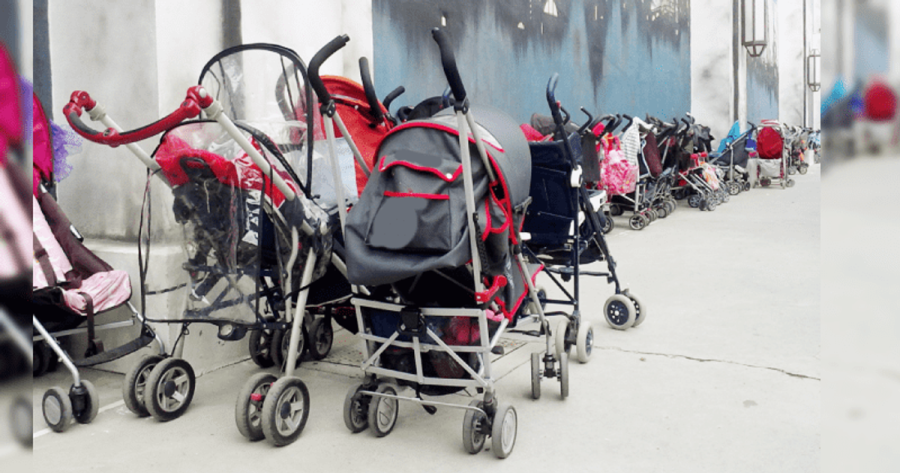War In Real Life
Strollers left at train stations in Poland for Ukrainian refugees.
March 10, 2022
As a generation we are experiencing many new world changing events, a worldwide pandemic and now Russia’s invasion of Ukraine, a new kind of war. This war is different from all previous wars due to social media and our generation’s understanding of how social media can influence the world.
For years there has been negative news about social media, but sometimes maybe it isn’t for the worst. Previous wars, like Iraq and Afghanistan, have not been as present on social media. Russia’s invasion into Eastern Europe has shown us how socially globally connected we are, whether it’s by Twitter, TikTok, Snapchat, or Instagram. Photos have gone viral; Polish mothers leaving empty strollers on train platforms so Ukrainian refugees had somewhere to put their children when they arrived in Poland, or seeing a little girl singing “Let It Go” in a bomb shelter underneath the city where she used to play with her friends. Both of these stories were brought to us through people who are living these events in real time, and are posting it on social media. As an audience we are hearing these stories first-hand from people who are actually living it, away from the potential bias of professional media. This is new, stories from every war up until now have come from embedded reporters and the government.
Social media has taken the role of professional media during this invasion. Now instead of a reporter interviewing refugees and victims, we are seeing all of these events first hand from the people who are actually experiencing them. Access to social media has opened a new way to see events taking place around the world and creating a global space for everyone to share.
Now that we are able to acquire raw footage in real time because of social media, which proves that maybe, these platforms aren’t that bad.

